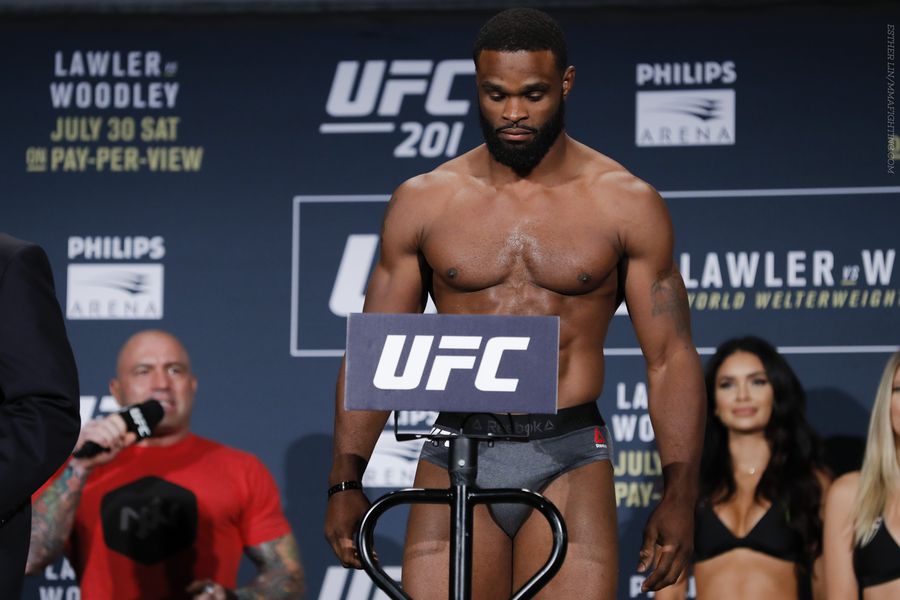Mixed Martial Arts (MMA) is one of the fastest growing sports on earth. It’s boxing, wrestling, kickboxing, karate, and more all mixed into one, which gives it a wide base of appeal. It also happens to be first-class entertainment, even for those of us whose usual punching target is the air directly above our heads.
The mixing of disciplines means fights can end in one punch or be grueling three round marathons, where both fighters and spectators alike start to feel fatigue. MMA’s growth is thanks to the personalities that surround it: superstars like Jon Jones, Holly Holm and, of course, Conor McGregor. Their ability to build hype and talk trash is only bettered by their abilities to fight.
The Ultimate Fighting Championship (UFC) is the biggest promoter and organiser in the sport, and was sold last year for a mind blowing US$4 billion. The UFC finds the fighters, finds a venue, then unleashes a torrent of promotion and propaganda to draw spectators in. This is why Dana White, President of the UFC, needs people like Conor McGregor.
McGregor’s attitude, charisma, and all around demeanor is the perfect fit for the UFC because in his mind, and in quite a few other people’s too, he is the ultimate fighter. But even for an ultimate fighter, MMA is a game of risks. Fighters risk everything for fame and fortune – they risk their pride, they risk their health, they risk getting knocked out by a roundhouse kick to the head. But what shocks me most of all is not the risks taken during a fight, it’s the risk taken before.
Every MMA fight is fought at a weight class agreed upon weeks or even months in advance of the fight. So you’d expect fighters to have plenty of time to get comfortably near that weight level. That however, would be far too simple. The weigh-ins for professional MMA fights happen the day before a fight; to get an advantage fighters will often be several pounds above the weight limit, so to get to said limit they aggressively cut weight.
Basically it’s the equivalent of trying to turn yourself into a raisin. Each fighter will have their own plan formed by their camp, but weight cutting consists of things like days of fasting, drinking no water for 12-24 hours before the fight, long sessions in a sauna to sweat as much as possible and sometimes cardio workouts in heated rooms, not to mention the use of laxatives and induced vomiting. It sounds like a form of torture.
Weight cutting is regarded as the biggest problem in MMA. According to California State Athletic Commission around 10% of fighters were doping in 2015 and whilst that number is definitely on the decline, as the UFC continues to crack down on performance enhancing drugs, a 2013 study in the Journal of Strength and Conditioning research found that 39% of MMA athletes were fighting while severely dehydrated. Unfortunately, as the stakes have risen in the years since that report and as the practice gets increasingly intense, it is doubtful that number has trended anywhere but upwards.
So what are the risks associated with becoming a human raisin? Sadly, it’s no joking matter. When fighters drain so much water from their bodies, their blood thickens, and their kidneys struggle to process it, which can lead to kidney stones or infections. In extreme cases, a fighter could experience kidney failure, seizures, end up in a coma and die. Weight cutting has indeed proved to be fatal several times, an 18 year-old amateur kickboxer, Jessica Lindsay, died while training for a fight, collapsing due to dehydration whilst on a run. It’s terrifying that even amateurs take such risks.
Despite feeling that weight cutting is a ridiculous and frankly cruel thing to do to oneself, I completely understand their rational. Combat sports are full of risks, so why not add one more? When you’re a hypercompetitive individual, the ends justify the means. I do wonder however, that if both fighters in a bout cut weight, as appears to be the norm, with both then gaining the same advantage – surely the purpose is defeated, with the only certainty being the enhanced risk of permanent injury to both individuals.
In my opinion it lies with the organisers like the UFC to limit the severity of weight cutting. The World Boxing Council (WBC) introduced a rule in 1997 that required fighters to be weighed a month and then a week out from fights. In mid-2017, the California State Athletic Commission passed a 10 point plan to regulate weight cutting, seemingly taking inspiration from the WBC rule passed 20 years prior.
These regulations require doctors to determine whether a fighter can make their weight prior to setting the fight. They also include weight checks 30 days and 10 days out from the fight. On the day of the bout itself, if a fighter weighs more than 10% above their weight class, it is recommended that they move up a weight class for the following event.
It was used at UFC 214 which was held in Anaheim; it was overwhelmingly praised by the fighters who took part in that card. However, these regulations only apply in California, so the UFC are not obliged to enforce them when hosting events elsewhere.
I’m starting to become a fan of the UFC, as a spectacle there are few sports better. But if the UFC is unwilling to protect fighters outside of the octagon, I won’t be willing to watch them in it.







